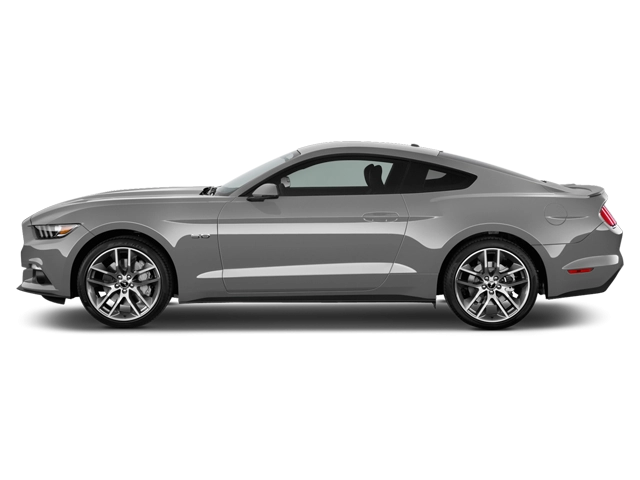2014 Ford Mustang Owner's Manual

Table of Contents
2014 Ford Mustang Overview
Introduction
The 2014 Ford Mustang is a quintessential American muscle car that combines iconic styling with exhilarating performance. With its bold lines and aggressive stance, the Mustang continues to captivate enthusiasts and casual drivers alike. This model year brings both nostalgia and modern enhancements, making it a strong contender in the competitive pony car market.
Powertrains
The 2014 Mustang offers a variety of powertrains that cater to different driving preferences. The base V6 model features a 3.7-liter V6 engine, producing 305 horsepower and 280 lb-ft of torque, delivering a spirited driving experience. For those seeking more power, the GT model boasts a robust 5.0-liter V8 engine, generating an impressive 420 horsepower and 390 lb-ft of torque. Additionally, the high-performance Shelby GT500 takes muscle car excellence to the next level with its supercharged 5.8-liter V8, producing a staggering 662 horsepower. Each engine is coupled with either a 6-speed manual or a 6-speed automatic transmission, ensuring an engaging ride on every outing.
Trims
The 2014 Mustang comes in several trims to accommodate varied tastes and budgets. The lineup includes the V6, GT, Boss 302, and the high-octane Shelby GT500. Each trim boasts a unique set of features and performance specifications, catering to both everyday drivers and performance enthusiasts. The Mustang also offers customization options, allowing owners to personalize their vehicle to suit their style.
Features
Owners Manual
Owners of the 2014 Ford Mustang will find the owner's manual to be an invaluable resource. This comprehensive guide provides detailed information on vehicle maintenance, operation, and troubleshooting. Whether you’re looking to understand the features or schedule regular maintenance, the owner's manual serves as an essential tool to maximize the enjoyment and longevity of your Mustang.
User manual download
The Ford Mustang owner manual for the 2014 model year is to be found in PDF downloadable format on this page. The owner manual for the model year 2014 is free and in English, but the repair manuals are usually not easy to get and may cost more.
Manual Questions
Fill the form below and someone will help you!

